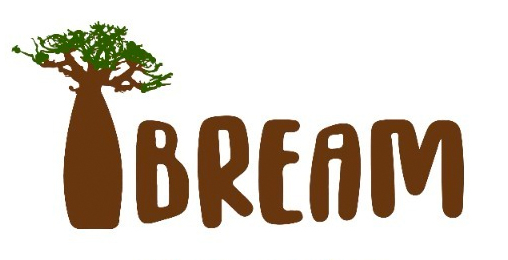High up in the Bale Mountains at the altitude of 4300m a small population of Ethiopian wolves (Canis simensis) seek out their existence alongside an ever encroaching human population. A symbol of pride for Ethiopia, these wolves must share their wilderness habitat with a steadily growing human population that brings with them domestic dogs that in turn bring rabies. Rabies is the number one killer for Ethiopian wolves and with only 400 of these elusive and charismatic canids remaining, they hover on the brink of extinction. Disease outbreaks occur regularly with the latest one almost halving the wolves existing gene pool. Dangerously, the future of the species rests solely within these tiny populations since no Ethiopian wolves have ever been held or bred in captivity anywhere in the world.
The Institute for Breeding Rare and Endangered African Mammals (IBREAM) has now jumped into gear to put a conservation rescue measure plan into place. After several years of groundwork by IBREAM Research Director, Dr Monique Paris, IBREAM has now been welcomed into Ethiopia. Two IBREAM team members (Prof Wenche Farstad, Norwegian School of Veterinary Science, Oslo and Dr Linda Penfold, SEZARC), both experts in semen collection and freezing, flew into Ethiopia in August 2011 for the critical task of training Ethiopian veterinarians to collect and store valuable genetic material from the wolves in the form of frozen semen.
“Capacity training is the most appropriate tool we have right now. If we can upgrade the skill level of Ethiopian veterinarians involved in the conservation program to conduct these sophisticated techniques, then the country will always have the expertise to manage its natural resources.” said Dr. Monique Paris. A training workshop organized by Prof. Lemma and IBREAM team was held at DebreZeit at the School of Veterinary Medicine, Addis Ababa University, and veterinarians from different institutions including the Ethiopian Wild Life Conservation Authority (EWCA) received advanced training in semen collection and cryopreservation. Critical equipment was purchased by IBREAM and donated to their team to support the project. “We hope our work provides the country with the infrastructure necessary to help save these incredible creatures”. Although the focus was on capacity building, the international scientists, together with their new team member, Prof. Lemma, were able to trek high up in the Bale Mountains, and together got their first sightings of the Ethiopian wolves. “It was an amazing experience to see the wolves in the wild, and I just hope I can conserve them so my children can also see them,” said Prof. Lemma.
The next step (collection of semen synchronized with the rabies vaccinations) will be taken together with scientists from Oxford University’s Wildlife Conservation Research Unit (WildCRU) who are experts in Ethiopian wolf capture. In addition to protecting the wolves from disease and protecting their habitat the establishment of a semen bank for endangered species is a novel conservation measure that needs to be taken seriously and has a significant role to play to ensure sustainable populations.
Funds for the expedition have been kindly donated by WWF Netherlands and the Dutch Zoo Foundation, and specific equipment kindly donated by IMV technologies and The Norwegian School of Veterinary Science.





